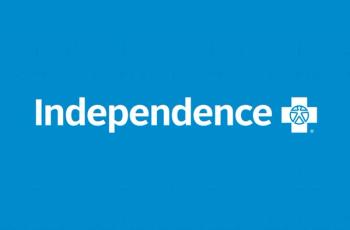
Triple combination therapy of olmesartan medoxomil (OM), amlodipine besylate (AML), and hydrochlorothiazide (HCTZ), demonstrated greater mean reductions in blood pressure
Results of a new study presented at the American Society of Hypertension (ASH) annual meeting, found that the investigational triple combination therapy of olmesartan medoxomil (OM), amlodipine besylate (AML), and hydrochlorothiazide (HCTZ), demonstrated significantly greater mean reductions in blood pressure as compared with corresponding dual combination therapy.
Results of a new study presented at the American Society of Hypertension (ASH) annual meeting, found that the investigational triple combination therapy of olmesartan medoxomil (OM), amlodipine besylate (AML), and hydrochlorothiazide (HCTZ), demonstrated significantly greater mean reductions in blood pressure as compared with corresponding dual combination therapy.
"This study demonstrated that treating patients with a triple combination therapy regimen of olmesartan, amlodipine, and hydrochlorothiazide, each medication with a different mechanism of action, is more effective at lowering blood pressure than combining any of the two medications. This is important because many patients with hypertension fail to reach recommended blood pressure targets even when taking more than one therapy," Suzanne Oparil, MD, professor of medicine and physiology and biophysics at the University of Alabama School of Medicine, Birmingham, says.
The study, presented in May, also found that at week 12, a significantly greater percentage of patients treated with the investigational OM/AML/HCTZ 40/10/25 mg therapy reached blood pressure goal (<140/90 mmHg or <130/80 mmHg for patients with diabetes), as compared with corresponding dual components (64.3% vs 34.9%-46.6%).
The study included 2,492 patients with moderate-to-severe hypertension.
According to Dr Oparil, other studies have shown that combination therapy with two or more drugs provides better blood pressure control than single therapy alone, "which in turn may prevent more cardiovascular events, which would help to reduce costs associated with hospitalizations or the need for specialized medical procedures, as well as fewer office visits to monitor blood pressure and titrate doses of antihypertensive medication," she says.
Dr Oparil added that patients would likely have better adherence to medication in that they are more likely to follow the prescription of taking one single pill a day, which consists of three different medications, than following the prescription for three separate medications.
At this time, she says there are very few new drug classes being developed for the treatment of hypertension. "However, the market is focusing on developing more dual and triple combination therapies because we know most hypertension cannot be adequately controlled with monotherapy alone," she says.
Dr. Oparil is an advisor/consultant for Forest, Daiichi Sankyo, Bristol-Myers Squibb, Novartis, Sanofi-Aventis, The Salt Institute, NicOx, and Boehringer-Ingelheim. She received grant/research support from Daiichi Sankyo, Novartis, Gilead, Forest and Takeda. She is part of the speaker's bureau/speaking/teaching for Daiichi Sankyo, Forest and Merck. She is a member of the American Society of Hypertension board of directors.
Newsletter
Get the latest industry news, event updates, and more from Managed healthcare Executive.






















































